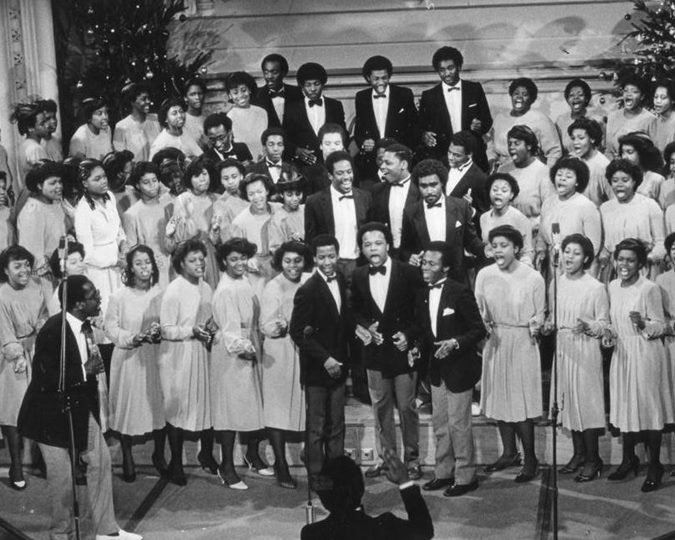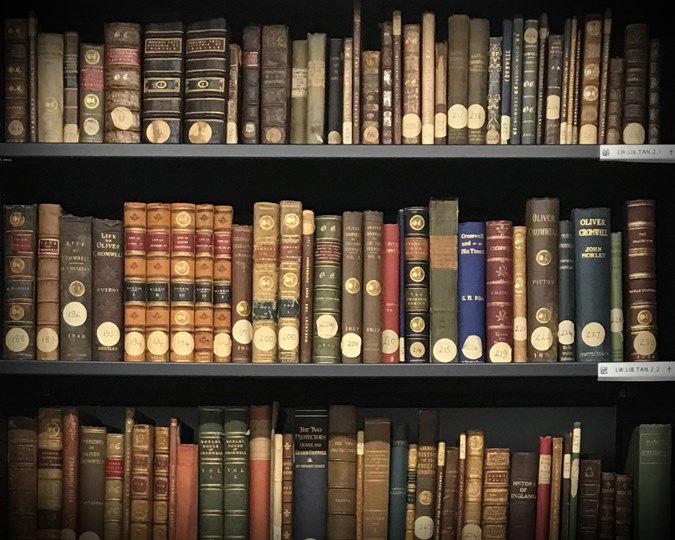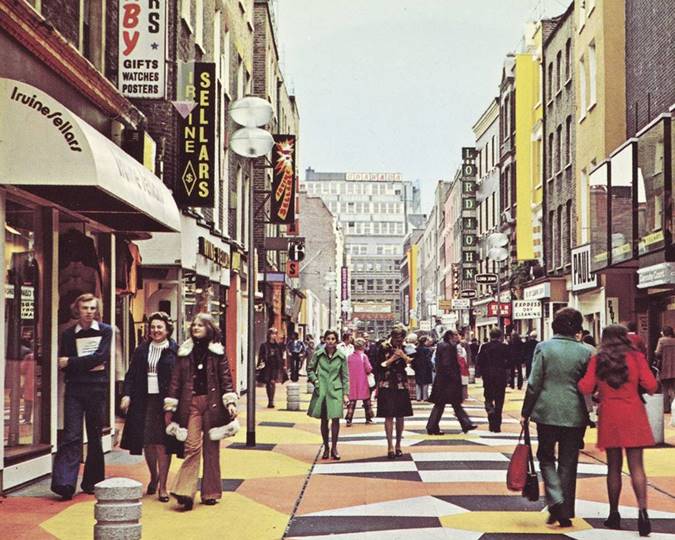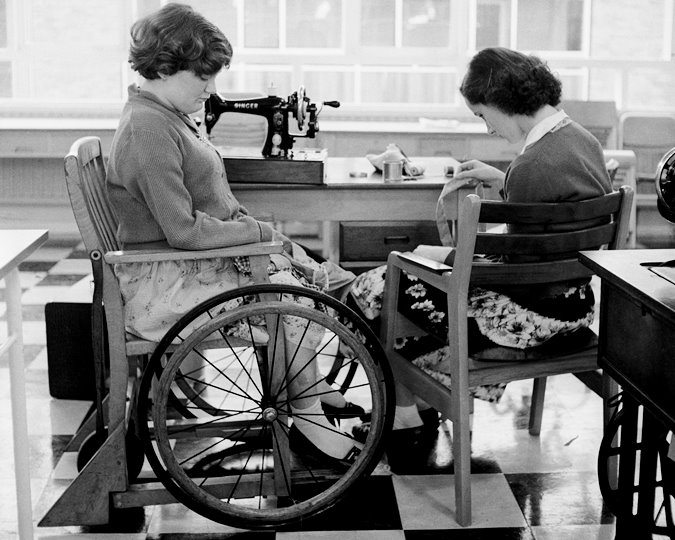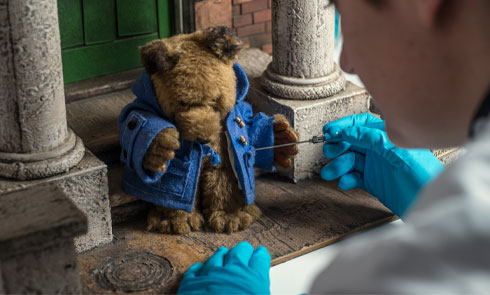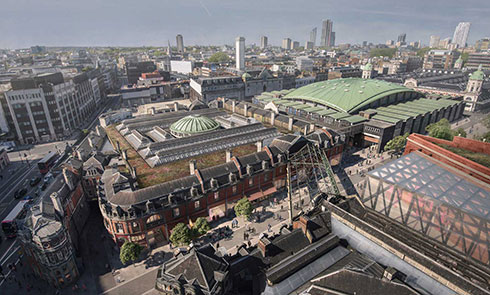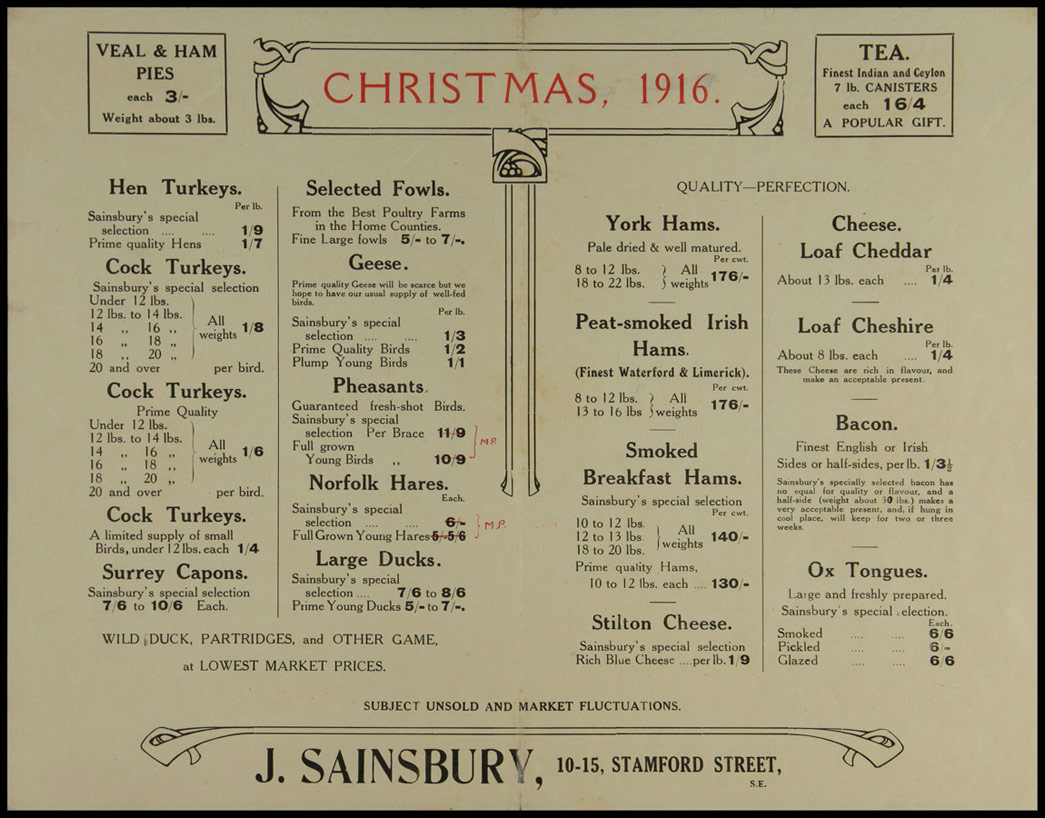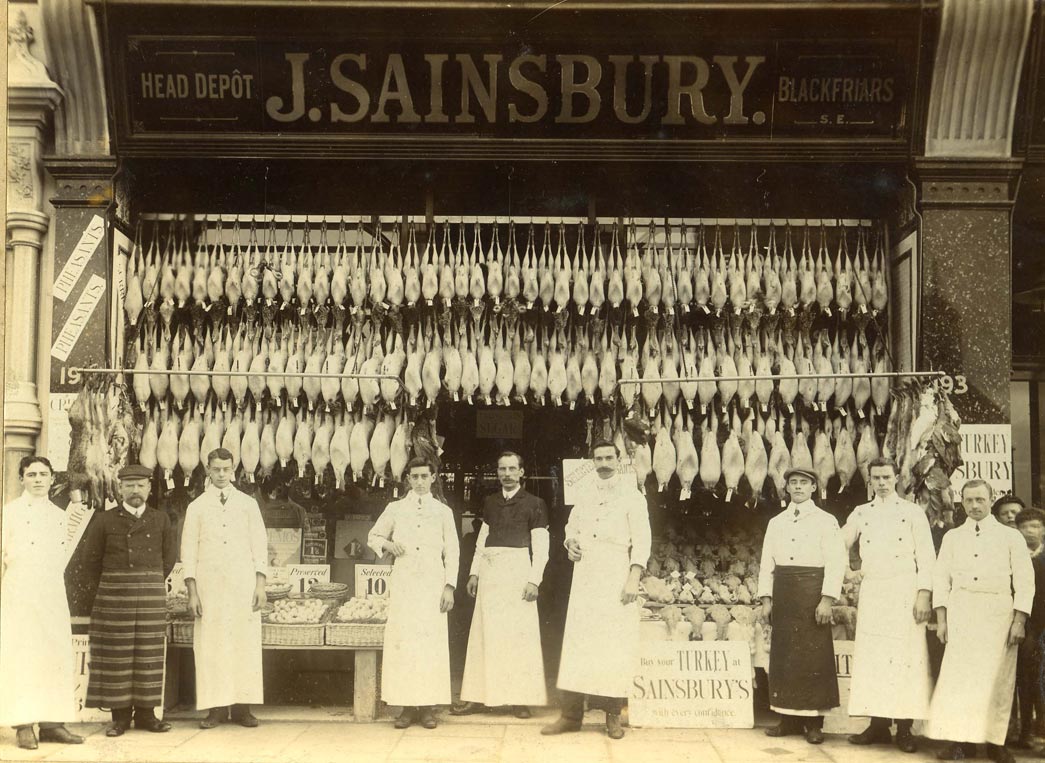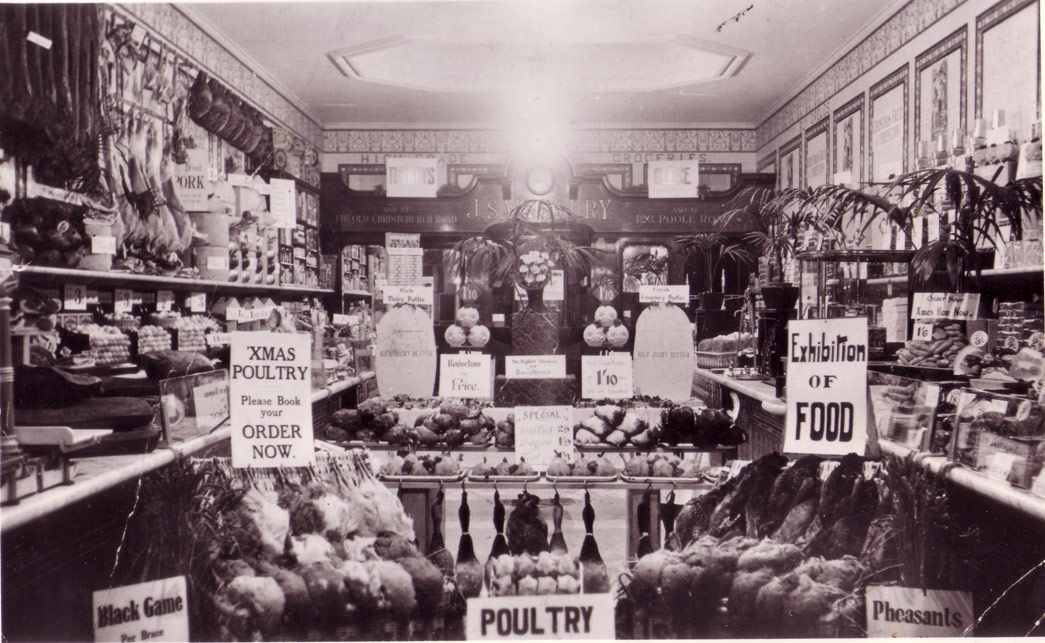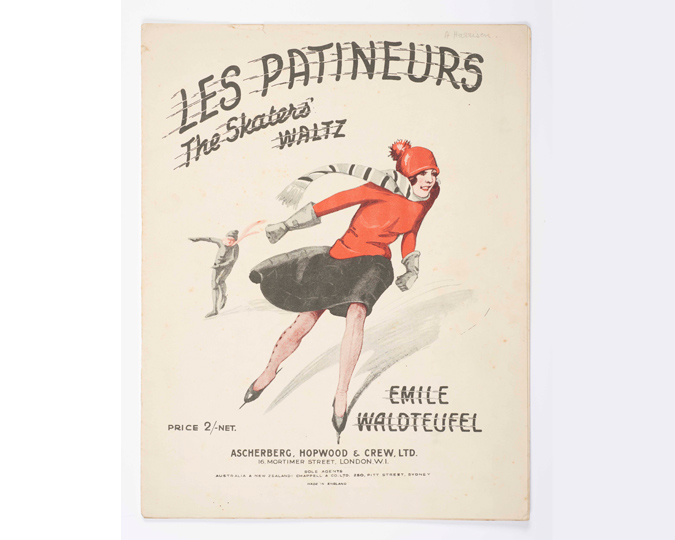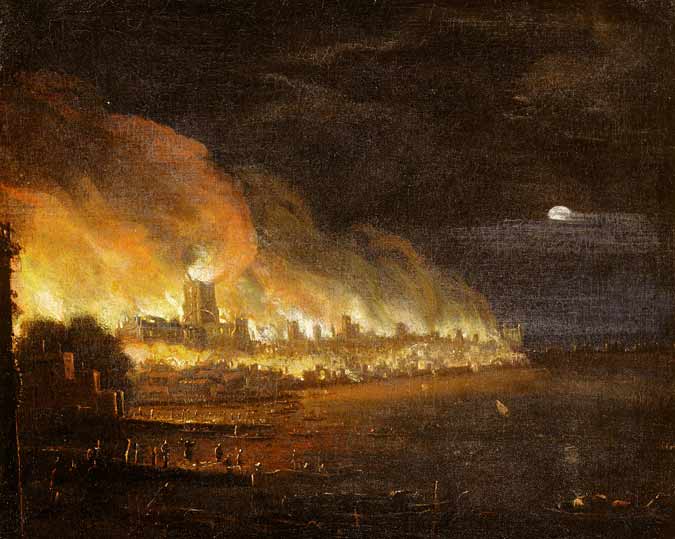The Sainsbury Archive at the Museum of London Docklands have unearthed price lists and advertisements going back to 1916. We've used them to create a special centennial Christmas price list. Choose festive items from the list to fill your shopping basket, and see how much your Christmas would cost you in 1916 and in equivalent prices today. Scroll down to learn more about how Sainsbury's helped Londoners prepare for Christmas 100 years ago.
We loved our 1916 price calculator so much that we're republishing it for 2017.
This calculator lists prices to purchase Christmas items from Sainsburys in 1916, and a comparison of what those prices would cost if converted into 2016 values. Because the value of money, the average wage and the price of food all change over time, it would feel more expensive to buy most of these items in 1916 than it would for you to buy similar items in 2016.
The 2016 price is calculated based on how the costs of the same goods and services have changed between 1916 and 2016. The 2016 price is adjusted for inflation and the change from pounds, shillings and pence to modern pounds sterling.
The Labour Value is calculated based on the relative wages that a worker in 2016 would have to earn to buy the item at 1916 prices. The Labour Value estimates how expensive these items would have felt to buy for someone earning an average amount of money. The Labour Value is based on the earnings index, which measures how average wages have changed between 1916 and today.
For more, see https://www.measuringworth.com/
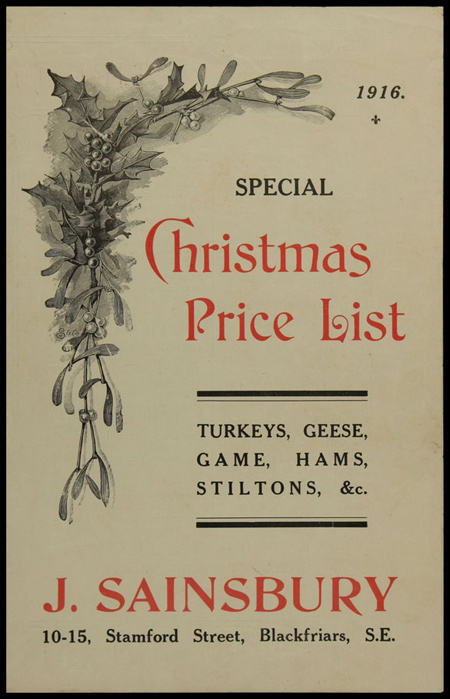
Christmas price list, 1916
© Sainsbury Archive, Museum of London Docklands. ID no. SA_MARK_ADV_3_3_6_1_1.2
A wartime Christmas
100 years ago you might have dined on a Christmas meal of freshly-shot wild game, like rabbit or pheasants, or now less fashionable dishes like a glazed ox tongue. Of course, in 1916 the First World War was raging and Britain lived under wartime austerity. The outbreak of war in 1914 had led to increasing prices and product scarcity. The public were encouraged to consume less and were warned against hoarding goods. Sainsbury’s were able to offer a relatively wide range of products throughout the war due to their emphasis on local farms and their in-house preparation of cooked meats at their Blackfriars factory in London.
Imported goods were amongst the hardest to source, particularly following the U-boat crisis in 1917, when the enemy sunk around a quarter of the merchant ships heading to Britain with imported foodstuffs. Rationing did not begin nationally until 1917, when the buying of sugar was restricted, and rationing of butter, margarine and meat followed in 1918. Up until rationing came into force, retailers like Sainsbury’s were expected to allocate goods in short supply by themselves. Queueing outside stores in anticipation of deliveries became a normal occurrence. Staff even adopted code word ‘back slang’ to distract customers during stock arrivals such as ‘nocab’ for bacon and ‘ragus’ for sugar. However, these adverts promise Sainsbury's will make a special effort to have favourite foods in stock for Christmas.
Last-minute shopping?
One thing
you might have noticed when you went shopping 100 years ago was that outside
the shop front there would be turkeys lined up across the facade. Turkeys were
plucked at the back of the store by junior staff. They would have to work right
up until Christmas Eve plucking up to two thousand turkeys per store.
Since refrigeration was exceptionally rare in households 100 years ago customers had to receive their fresh food as close to Christmas as possible. To ensure you had a turkey for Christmas dinner you would have had to place an order in advance. Turkeys would be collected or delivered on 23rd or 24th December to ensure freshness.
Adverts and displays played a key role in attracting customers to stores. Elaborate displays called ‘open shows’ were created and lit up for customers to view overnight. One oral history by a former employee describes these types of displays as an important part of the run-up to Christmas. He explained that for one particular display in the 1920s a police sergeant even lent a gun and ammunition for a hunting-themed display at Christmas!
The Sainsbury Archive chronicles the changing history of the supermarket, its customers and staff over nearly 150 years.

